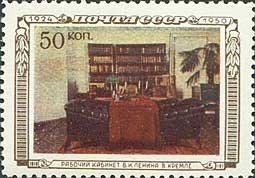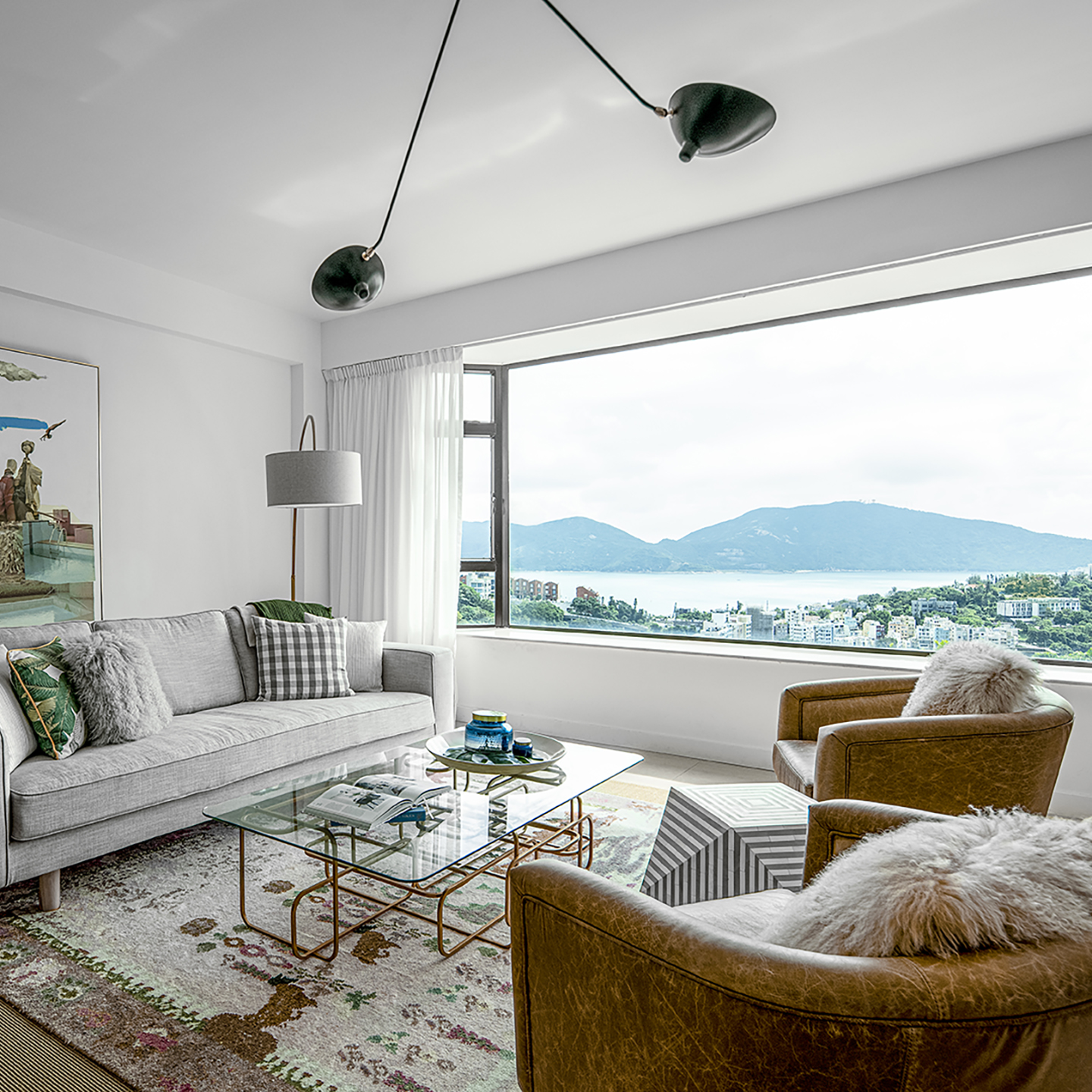Stamp: Vladimir Lenin's study in Moscow Kremlin (Soviet Union, USSR 1950)
Vladimir Lenin's study in Moscow Kremlin (Soviet Union, USSR 1950)
21 January (Soviet Union, USSR ) within release 26th death anniversary of V.I.Lenin. goes into circulation Stamp Vladimir Lenin's study in Moscow Kremlin face value 50 Russian kopek
| Stamp Vladimir Lenin's study in Moscow Kremlin in catalogues | |
|---|---|
| Michel: | Mi:SU 1443 |
Stamp is square format.
Also in the issue 26th death anniversary of V.I.Lenin.:
- Stamp - "Lenin in Razliv" sculpture (by V. Pinchuk, 1935) face value 40;
- Stamp - Vladimir Lenin's study in Moscow Kremlin face value 50;
- Stamp - Vladimir Lenin's House Museum in Gorki face value 1;
|
Data entry completed
46%
|
|
|---|---|
| Stamp Vladimir Lenin's study in Moscow Kremlin in digits | |
| Country: | Soviet Union, USSR |
| Date: | 1950-01-21 |
| Format: | Stamp |
| Face Value: | 50 Russian kopek |
| Print run: | 1000000 |
Stamp Vladimir Lenin's study in Moscow Kremlin it reflects the thematic directions:
A head of state (or chief of state) is the public persona that officially represents the national unity and legitimacy of a sovereign state. In some countries, the head of state is a ceremonial figurehead with limited or no executive power, while in others, the head of state is also the head of government. In countries with parliamentary governments, the head of state is typically a ceremonial figurehead that does not actually guide day-to-day government activities and may not be empowered to exercise any kind of secular political authority (e.g., Queen Elizabeth II as Head of the Commonwealth). In countries where the head of state is also the head of government, the president serves as both a public figurehead and the actual highest ranking political leader who oversees the executive branch (e.g., the President of the United States).
Commemorations are a type of religious observance in the many Churches of the Anglican Communion, including the Church of England. They are the least significant type of observance, the others being Principal Feasts, Principal Holy Days, Festivals, and Lesser Festivals. Whereas Principal Feasts must be celebrated, it is not obligatory to observe Commemorations. They are always attached to a calendar date, and are not observed if they fall on a Sunday, in Holy Week, or in Easter Week. In Common Worship Commemorations are not provided with collects or indications of liturgical colour. However, they may be celebrated as Lesser Festivals if local pastoral conditions suggest it.
A museum (/mjuːˈziːəm/ mew-ZEE-əm) is an institution dedicated to displaying and/or preserving culturally or scientifically significant objects. Many museums have exhibitions of these objects on public display, and some have private collections that are used by researchers and specialists. Compared to a library, a museum hosts a much wider range of objects and usually focus around a specific theme such as the arts, science, natural history, local history, and other topics. Public museums that host exhibitions and interactive demonstrations are often considered to be tourist attractions, and many museums attract large numbers of visitors from outside their host country, with the most visited museums in the world regularly attracting millions of visitors annually.
Furniture refers to objects intended to support various human activities such as seating (e.g., stools, chairs, and sofas), eating (tables), storing items, working, and sleeping (e.g., beds and hammocks). Furniture is also used to hold objects at a convenient height for work (as horizontal surfaces above the ground, such as tables and desks), or to store things (e.g., cupboards, shelves, and drawers). Furniture can be a product of design and can be considered a form of decorative art. In addition to furniture's functional role, it can serve a symbolic or religious purpose. It can be made from a vast multitude of materials, including metal, plastic, and wood. Furniture can be made using a variety of woodworking joints which often reflects the local culture.
Interior design is the art and science of enhancing the interior of a building to achieve a healthier and more aesthetically pleasing environment for the people using the space. With a keen eye for detail and a creative flair, an interior designer is someone who plans, researches, coordinates, and manages such enhancement projects. Interior design is a multifaceted profession that includes conceptual development, space planning, site inspections, programming, research, communicating with the stakeholders of a project, construction management, and execution of the design.





